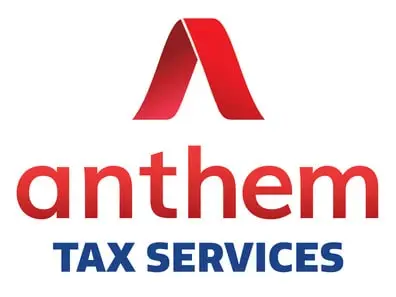See how we can help with a tax levy or garnishment
Having money removed from your bank account or your paycheck by IRS is not entirely new. This money is called ‘levy’ when it is removed from your bank account, and ‘wage garnishment’ if from your paycheck. When this happens, there are ways to go about it. You can ask the IRS to remove the levy, but you would need to enter into a payment agreement with the IRS or settle all your outstanding back taxes.
Tax levies are somewhat controversial, but they are a way in which the IRS can reclaim delinquent debts that might be owed to them. Tax liability can be a slippery slope for many people, and many ramifications can occur due to this. You need to make sure you understand the stages in the process that will affect you and how you should deal with them.
Understanding how tax levies apply to you and what you need to do to make the most of this is important. Of course, keeping up with tax and other repayments is crucial, but sometimes things make it more challenging to keep up with payments. If you default on tax payments, you could find yourself the subject of an IRS tax levy, and you need to know what this is, how it affects you, and how you can get it released.



What is a tax levy?
An IRS tax levy is the legal seizure of a taxpayer’s property to satisfy an outstanding debt that has not yet been paid. When a levy is issued, the IRS can collect and seize assets as collateral to help pay for the debt. This includes things like bank accounts, vehicles, real estate, and other personal property and things like retirement income, wages, and more. This is generally a step only taken when the IRS feels it has no other choice, and there are usually many conditions that need to be met before the IRS is allowed to collect a levy.
When is a tax levy issued?
One of the critical things that you need to understand as a taxpayer is when a levy can be issued and on what grounds. It’s important to note that this is never the first step in the process, and if a levy has been issued, you will have had multiple warnings about the unpaid debt. There are three requirements that the IRS must meet in full before it can give a levy, and these are
- They sent the taxpayer a tax bill (also known as a Notice and Demand for Payment)
- The taxpayer did not pay the tax (either could not or would not)
- The IRS sent the taxpayer notice that they would be issuing a levy 30 days after the letter. This is typically known as a Final Notice of Intent to Levy and Notice of Your Right to A Hearing.
How Do I Get A Tax Levy Released?
Paying the outstanding back taxes is not always possible, thus forcing you to settle for the payment plan agreement option. However, people looking to go for the IRS payment plan agreement option are always worried about how long to complete the paperwork and have the IRS release the removed levy/garnishment or stop removing fresh charges.
This will be possible if you haven’t secured a payment extension prior to the agreements. An extension request, when granted, could give you an additional 120 days. However, if you are being levied, the longest extension you can get to sort the balance, pay down the balance, or enter into payment agreement in just 60 days.
If your extension to pay is granted, proceed to demand the immediate release of your levy/garnishment. You can also request that your employer/bank/payer be furnished with the levy release when speaking to the IRS representative.
This means an immediate release of your levy/garnishment release can be arranged with the IRS, once you have met the terms of the extension-to-pay agreement.
Another way to push for an instant levy release is to call the IRS and ask for a simple monthly payment plan or a streamlined installment agreement. You can finetune and finalize the agreement on the phone with the IRS representative, while the levy release is faxed to your employer/payer/banker immediately.
In the case of a bank levy, the funds will undergo a 21-day freezing period in the bank before it is remitted to the IRS. Hence, you should try to remediate the problem as soon as possible by getting in touch with one of our tax experts, from here, we can set up an agreement as soon as possible. The bank levy will be released, and subsequently, your funds once you complete the simplified installment agreement or secure an extension to pay.
Complex payment agreements may delay the release of your levy by months
There are instances where the simplified installment agreement and the extension to pay will not work. Hence, the next move will be to request a more complex installment from the IRS. For this, the IRS will demand a lot of documentation on your financial situation to determine your qualification status. This, obviously, takes longer.
The same documentation conditions apply if you prefer one of IRS’ special programs designed for individuals with financial challenges. These programs include Offer In Compromise or Settlement, and Currently Not Collectible Status or Deferred Payment.
In either of these agreements, applicants must identify financial hardship as the main reason for demanding the release of the levy due. However, the levy will stay in place until the IRS completes the processing of the paperwork involved in the agreement. Most times, the IRS omits the request for release of the levy part in the agreement. Hence, be sure to demand the release of the levy once the agreement has been set up successfully. The ideal way of entering into an agreement with the IRS is via phone. Also, always provide follow-up documents immediately if there is a need for them.
If you are not ready to face the hassles involved in the rather complex process, a better option will be to work with our tax team. Our in-house tax-experts can help you to identify the best payment plan with the IRS for your case and file a request for levy release on your behalf at the IRS. Feel free to arrange a meeting or a free consultation with us here or putting a call through to(855) 749-2859.

